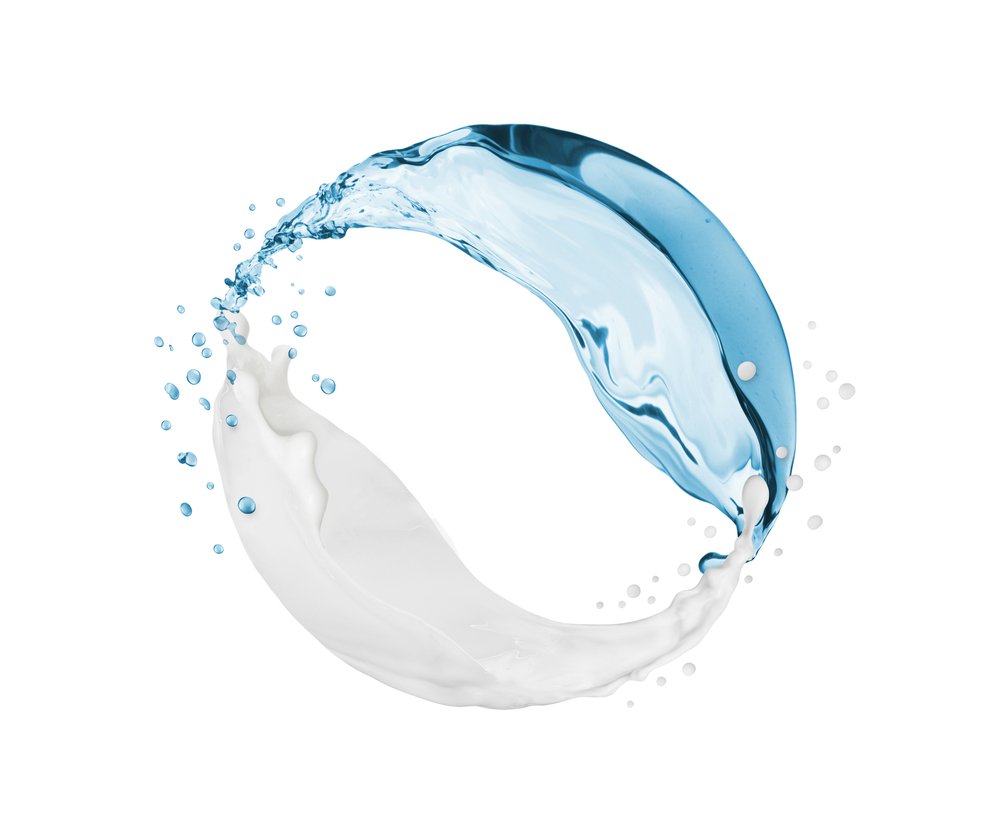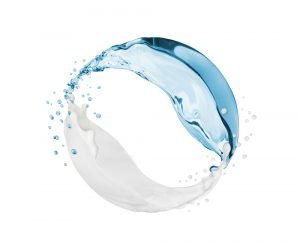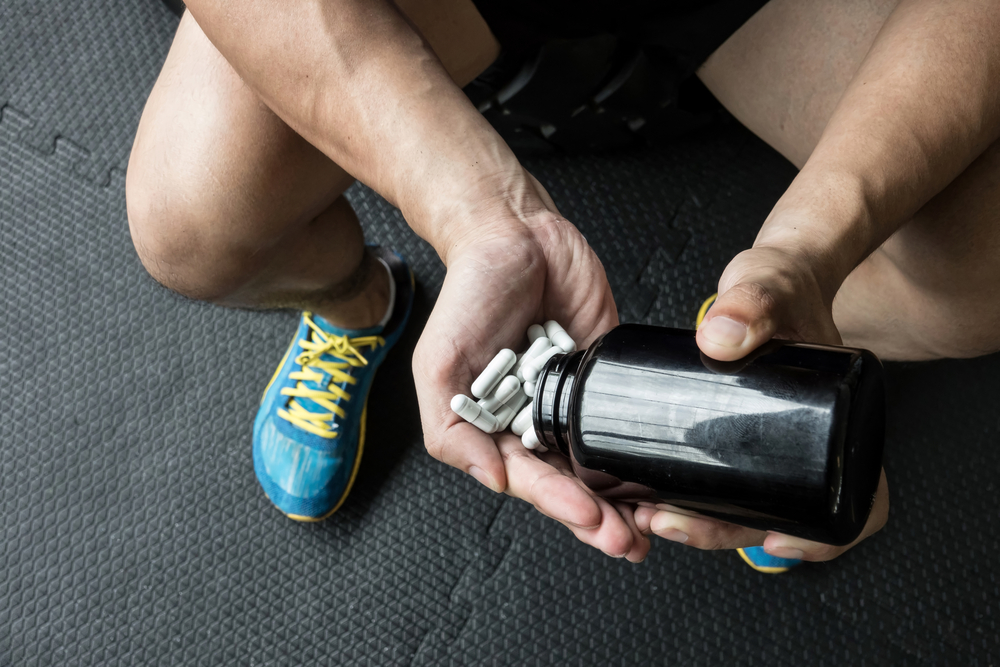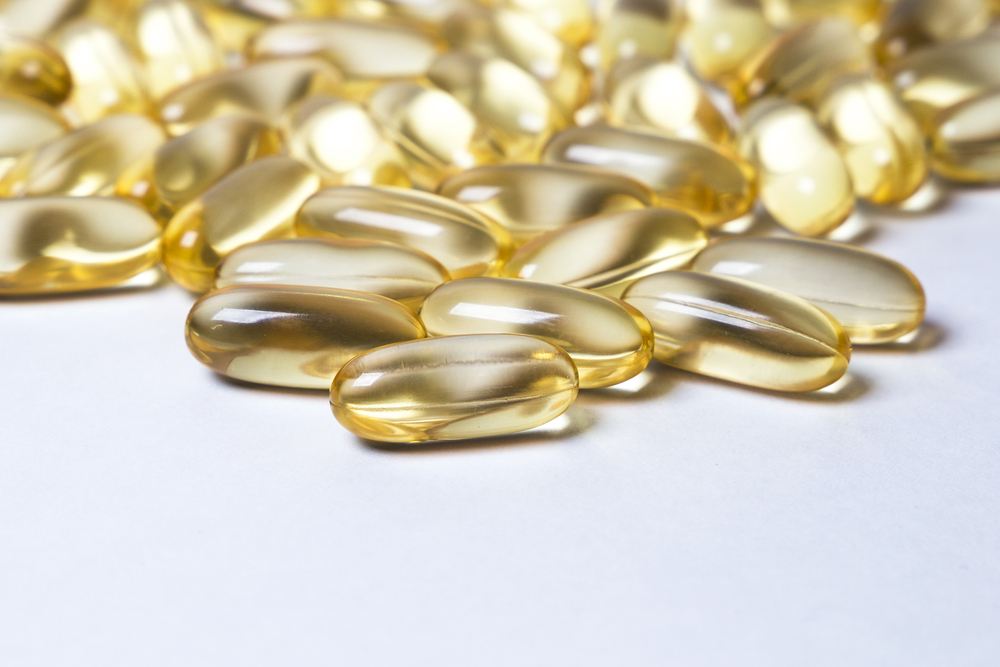Whey Protein With Water?
Adding water to your shake is the easier, cheaper and more convenient option over milk, however, it really does depend on personal preference and ultimately your goal to which one you should go for. For example, water is basically nothing, which means when adding it to your shake you’ll be adding no extra calories, no extra carbohydrates, no extra fats and no extra sugars, so what you see in the pouch is what you get in your shake. Which is great if you’re on a calorie controlled diet because you know exactly what you get.
We’ve mentioned some of the pitfalls of adding milk to your protein shake which water takes an advantage over. For example, absorption. Compared to milk, water can be absorbed instantly when consumed. In fact, studies have shown that within five minutes water has already been absorbed into the bloodstream, meaning that the protein can be taken directly to where it is needed much quicker than milk.
We’re always being told we should drink more water and to keep hydrated through the day, especially if you take part in physical activities. Your body uses water in all of its cells, organs and tissues to help regulate its temperature and other bodily functions. It also protects your tissue, helps remove waste and aids digestion. So, if you’re adding water to your shake you’re getting all these benefits too. At the end of the day, we wouldn’t be here without water, it’s one of the most important substances on earth. We love you water!
Anyway, I digress, If you use good quality protein then it’s been specifically designed for both water and milk, so when mixing you won’t get any of those horrible lumpy bits, we all hate to find at the bottom of our shaker, or even worse at the top.











No Comments yet!